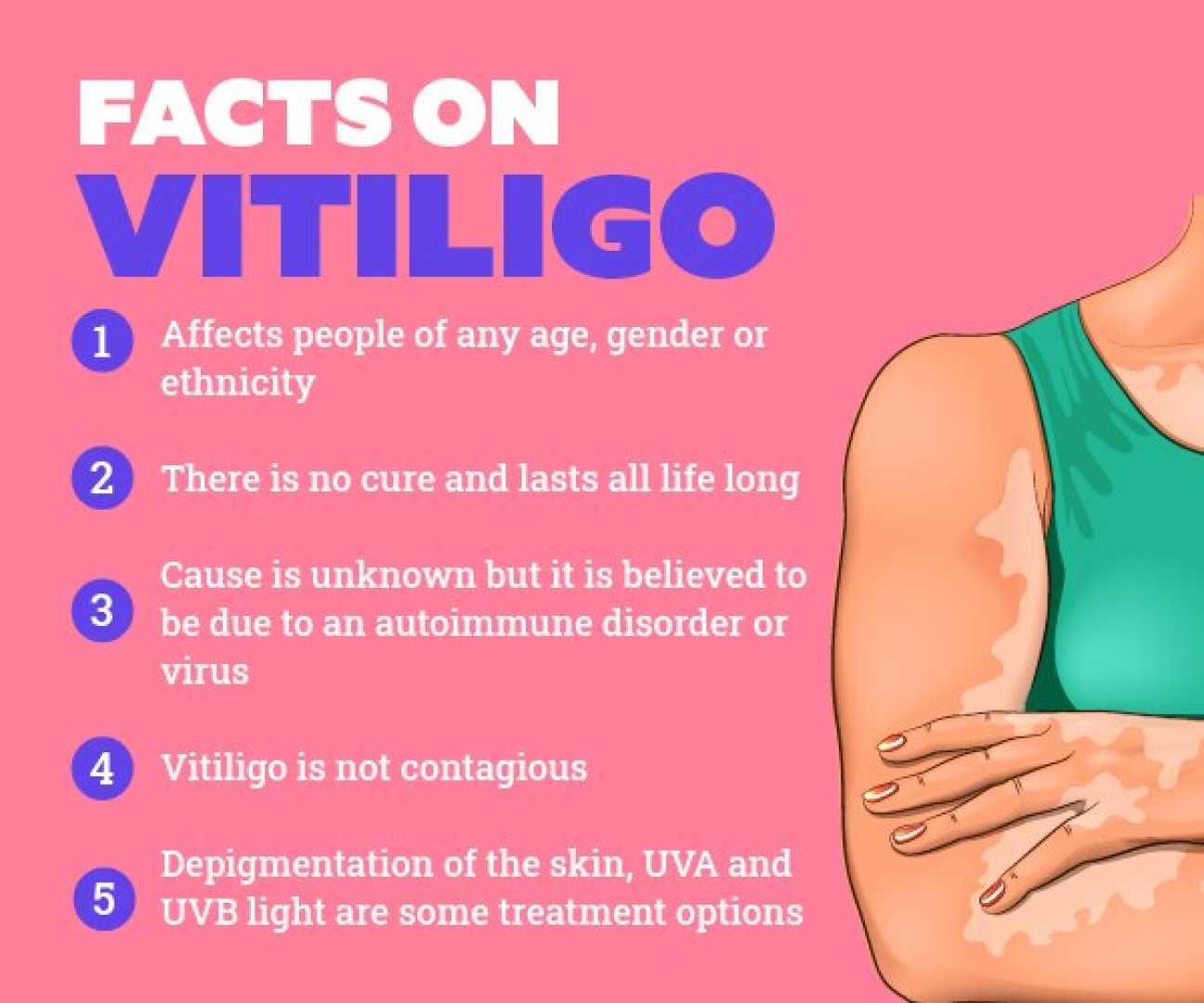Health
Advancements in Vitiligo Treatments and Future Directions

A recent comprehensive review has examined current advancements and treatment approaches for vitiligo, a chronic skin condition characterized by depigmented patches. The study explored various therapies, including grafting, phototherapy, immune regulation, antioxidants, and stem cell research, all aimed at restoring melanocyte function.
The review highlights a limited number of effective options for vitiligo patients, emphasizing the need for a deeper understanding of the disease’s pathways. The authors believe that such insights could pave the way for new drug targets in the future. “Current therapies are aimed at drug pathways to restore melanocyte function and restore pigment in the affected areas,” the review noted, as stated by Pathak et al.
The researchers conducted a search strategy on PubMed using terms like “vitiligo interventions” and “vitiligo pathophysiology” to assess studies published in English over the past decade. The selected studies, including meta-analyses, cohort studies, and case reports, examined both non-pharmacological and pharmacological interventions.
Phototherapy remains a cornerstone in vitiligo management. Narrow-band ultraviolet B (NB-UVB) and psoralens combined with ultraviolet A (PUVA) are the most commonly used methods. A meta-analysis involving 35 studies indicated that approximately 62.1% of patients responded to NB-UVB treatment within three months, with response rates increasing over time, as reported by Bae et al. in the JAMA Dermatology.
Besides phototherapy, various procedural modalities are being explored for treating vitiligo. These include dermabrasion, laser therapy, microneedling, and suction blister grafting, beneficial particularly for stable vitiligo patients. Studies on epithelial tissue grafting have shown promising results, with repigmentation success rates reaching up to 70%, according to Maleki et al.
Antioxidants are emerging as a significant area of research in vitiligo management due to their role in mitigating oxidative stress, which is linked to the disease’s pathogenesis. The therapeutic potential of antioxidants, including topical agents like vitamin E and ascorbic acid (vitamin C), has been highlighted as they are believed to enhance the effects of phototherapy.
Research also suggests that oral antioxidant supplementation, such as glutathione, may benefit patients by reducing oxidative stress and supporting overall skin health. Although additional studies are needed to establish standardized protocols for antioxidant use, initial findings indicate that integrating antioxidants into treatment regimens could enhance existing therapies’ efficacy.
Emerging studies point to the role of noncoding RNAs, particularly microRNAs (miRNAs), in vitiligo susceptibility. Altered expression of specific miRNAs, like miRNA-211, may affect cellular metabolism contributing to disease progression. Furthermore, genetic variations, such as polymorphisms in toll-like receptors, are associated with inflammatory responses in vitiligo patients, affecting disease manifestation and treatment response.
The authors, Pathak et al., recommend further research into the implicated pathways to develop better multimodal approaches and expand drug development targets.












